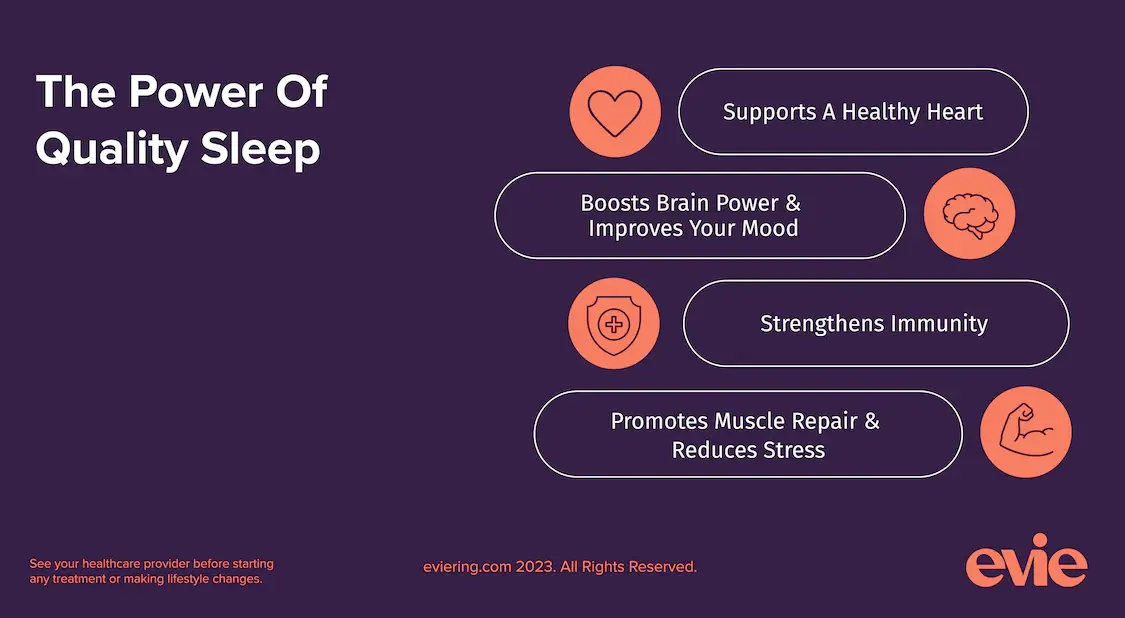Sleep science is fundamental to overall well-being, yet many individuals struggle to achieve it consistently. In the pursuit of understanding the intricacies of sleep, the field of sleep science has made significant strides. This article explores the secrets of quality rest, delving into the science behind sleep cycles, the impact of sleep on physical and mental health, and practical tips to enhance sleep quality.
The Sleep Cycle: A Symphony of Stages
Understanding the Basics
The sleep cycle consists of four main stages: NREM (Non-Rapid Eye Movement) 1, 2, 3, and REM (Rapid Eye Movement). Each stage plays a unique role in the restoration and maintenance of various bodily functions.
Light Sleep
In the initial stages, the body transitions from wakefulness to light sleep. Muscle activity decreases, and eye movements slow down. These stages serve as a transition period before entering deeper sleep science.
Deep Sleep
The body enters a phase of deep sleep, also known as slow-wave sleep. This stage is crucial for physical restoration, immune function, and energy conservation. Growth hormone is released during deep sleep, promoting tissue repair and muscle growth.
REM Sleep: Dreaming and Cognitive Restoration
Rapid Eye Movement (REM) sleep is associated with vivid dreaming and cognitive restoration. During this stage, the brain consolidates memories, processes emotions, and supports learning. REM sleep science is essential for mental well-being and creativity.
The Impact of Quality Sleep on Health

Physical Restoration and Healing
Quality sleep is vital for physical health and restoration. During deep sleep, the body repairs tissues, builds bone and muscle, and strengthens the immune system. Chronic sleep science deprivation has been linked to an increased risk of various health conditions, including cardiovascular disease and weakened immune function.
Cognitive Function and Mental Health
Sleep plays a pivotal role in cognitive functions such as memory consolidation, problem-solving, and decision-making. Insufficient sleep science has been linked to cognitive impairment, decreased attention span, and an elevated risk of mood disorders, including depression and anxiety.
Hormonal Regulation
The sleep-wake cycle is intricately linked to hormonal regulation. Sleep influences the release of hormones such as melatonin, which regulates the sleep-wake cycle, and cortisol, which plays a role in stress response. Disruptions in sleep science patterns can lead to hormonal imbalances with wide-ranging effects on overall health.
Common Sleep Disorders
Insomnia: Disrupted Sleep Patterns
Insomnia is characterized by difficulty falling asleep, staying asleep, or experiencing non-restorative sleep science. Factors such as stress, anxiety, and lifestyle choices can contribute to insomnia. Cognitive-behavioral therapy and lifestyle changes are often recommended for managing insomnia.
Sleep Apnea: Breathing Interruptions
Sleep apnea involves interruptions in breathing during sleep, leading to fragmented sleep and reduced oxygen levels. This condition is associated with snoring, daytime sleepiness, and an increased risk of cardiovascular problems. Continuous Positive Airway Pressure (CPAP) therapy is a common treatment for sleep apnea.
Narcolepsy: Excessive Daytime Sleepiness
Narcolepsy is a neurological disorder characterized by excessive daytime sleepiness, sudden loss of muscle tone (cataplexy), and vivid dreams during REM sleep. Treatment may involve medications to manage symptoms and improve wakefulness.
Practical Tips for Quality Sleep
Establishing a Consistent Sleep Schedule
Maintaining a consistent sleep science schedule helps regulate the body’s internal clock. Aim for a consistent bedtime and wake-up time, even on weekends, to promote a stable sleep-wake cycle.
Creating a Relaxing Bedtime Routine

Engaging in calming activities before bedtime signals the body that it’s time to wind down. This may include reading a book, practicing relaxation techniques, or taking a warm bath. Avoid stimulating activities, such as intense exercise or screen time, close to bedtime.
Optimizing Sleep Environment
Create a sleep-conducive environment by keeping the bedroom dark, quiet, and cool. Invest in a comfortable mattress and pillows that provide proper support. Consider blackout curtains and white noise machines to minimize disruptions.
Limiting Stimulants and Screen Time
Caffeine and nicotine are stimulants that can interfere with sleep science. Limit their consumption, especially in the hours leading up to bedtime. Additionally, reduce screen time before sleep, as the blue light emitted from electronic devices can disrupt the production of melatonin.
Sleep Science Conclusion
Quality sleep is a cornerstone of good health, influencing both physical and mental well-being. Understanding the intricacies of the sleep cycle, recognizing the impact of sleep on health, and adopting practical strategies for improving sleep quality are essential steps towards achieving restorative and rejuvenating sleep. By unraveling the secrets of quality rest through the lens of sleep science, individuals can empower themselves to make informed choices that positively impact their sleep and overall quality of life.

Crafting Narratives on Times Fork: Meet Timothy Forsberg, a prolific blogger on Times Fork, weaving captivating narratives across lifestyle, news, business, and various other niches. With an innate ability to distill complex subjects into engaging reads, Timothy’s blogs provide a unique blend of insights and perspectives. Join him on a journey through the diverse realms of modern living, where every post on Times Fork is a testament to Timothy’s passion for exploring the intricate tapestry of life. Contact via mail: [email protected]
